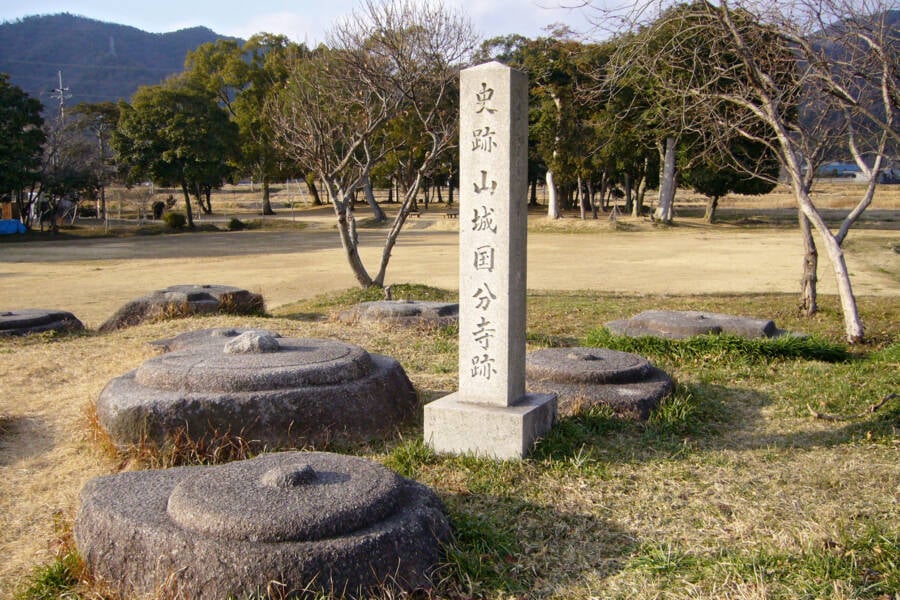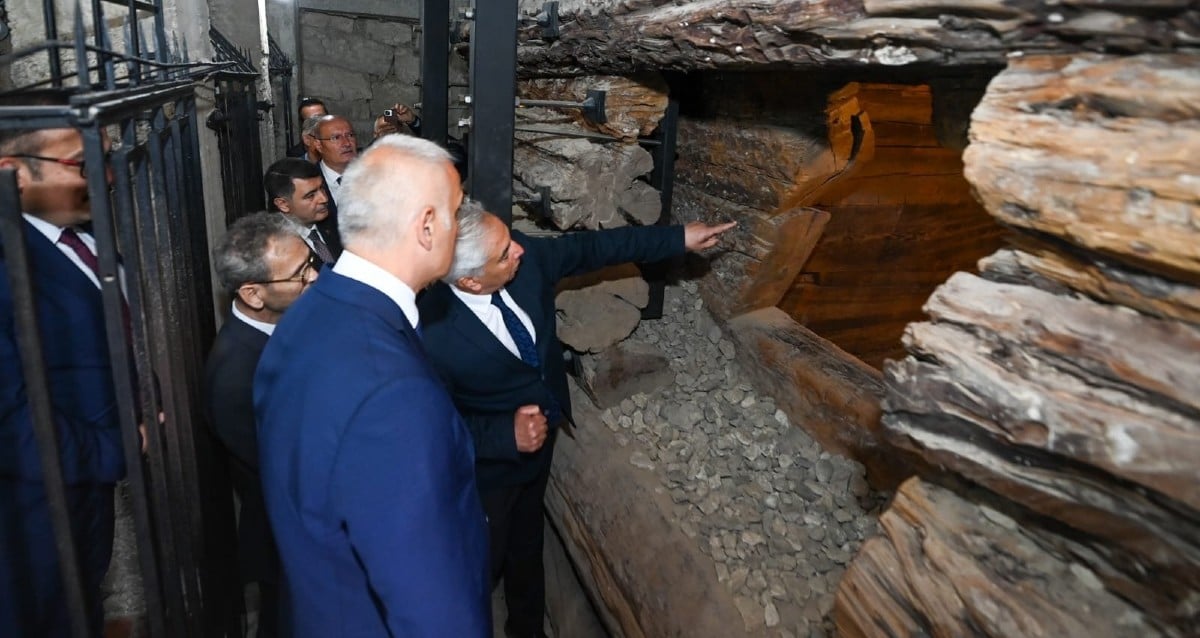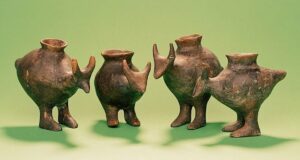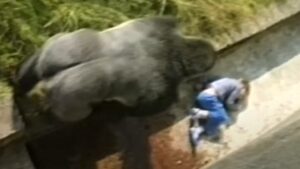“Ancient Secrets Unveiled: Archaeologists Unearth a 1,300-Year-Old Cafeteria Hidden Within Japan’s Sacred Buddhist Ruins!”
What if I told you that beneath the serene landscape of Kizugawa, Kyoto, archaeologists have stumbled upon what could possibly be the largest dining hall ever uncovered in a Buddhist temple from Japan’s Nara Period? Sounds like the monks might’ve been throwing some epic feasts! Recent excavations at the site of the ancient Yamashiro Kokubunji temple have unearthed the remains of a cafeteria, sparking curiosity about the daily lives of these holy men back in the 740s C.E. From imperial palaces to bustling dining spaces, the layers of history are peeling back in a way that not only captivates the imagination but also nudges scholars to rethink how Buddhist temples were structured during this transformative era in Japanese history. So, why was this dining hall so mammoth? Let’s dig into the details and uncover what this remarkable find reveals about the past! LEARN MORE.
If the structure was indeed a dining hall, it may be the largest of its kind ever found in a Buddhist temple from Japan’s Nara Period.
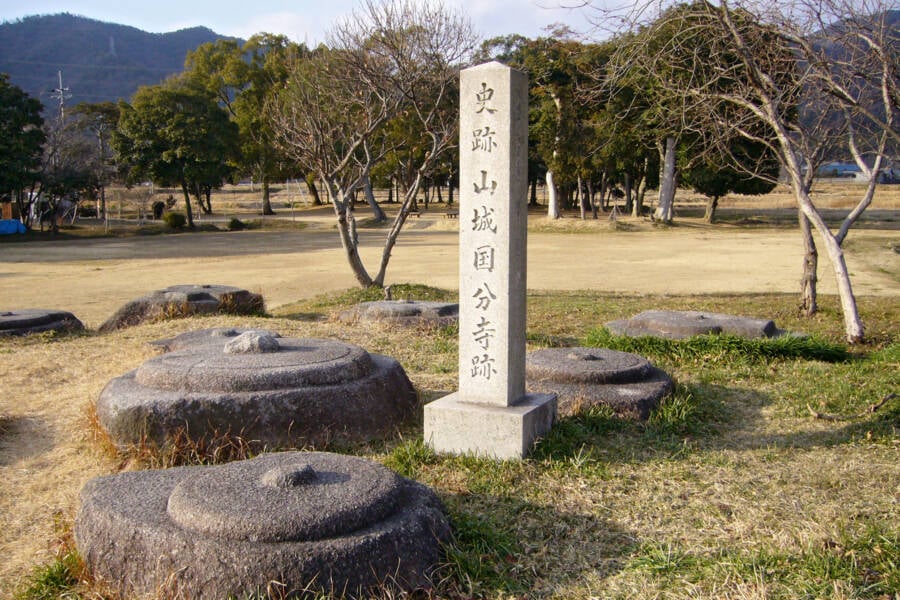
663highland/Wikimedia CommonsThe site in Kizugawa, Kyoto, where the Yamashiro Kokubunji Buddhist temple once stood.
Archaeologists in Kyoto recently uncovered the ruins of a cafeteria where monks once dined at Yamashiro Kokubunji temple. The complex was originally built around 740 C.E. as an imperial palace, and it featured multiple buildings that now lie in ruin.
The dining hall may be the largest of its kind from Japan’s Nara Period, and its discovery is offering new insights into the layouts of eighth-century Buddhist temples.
